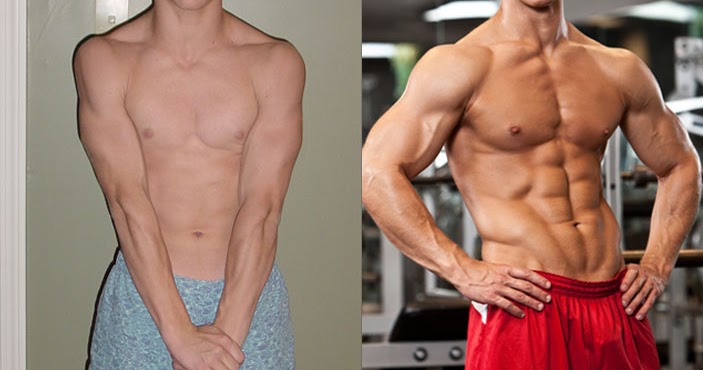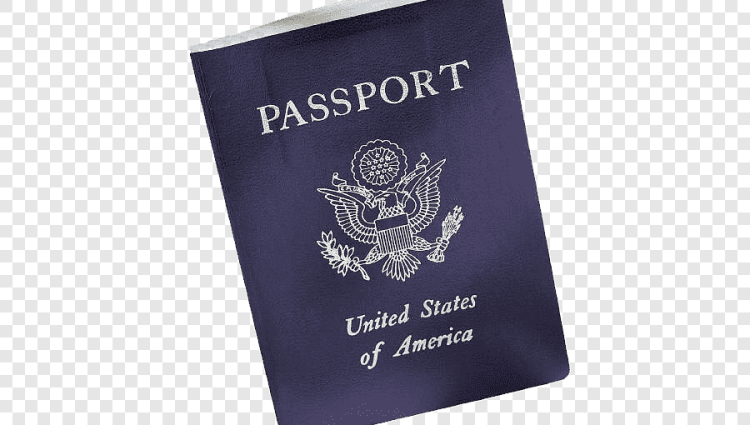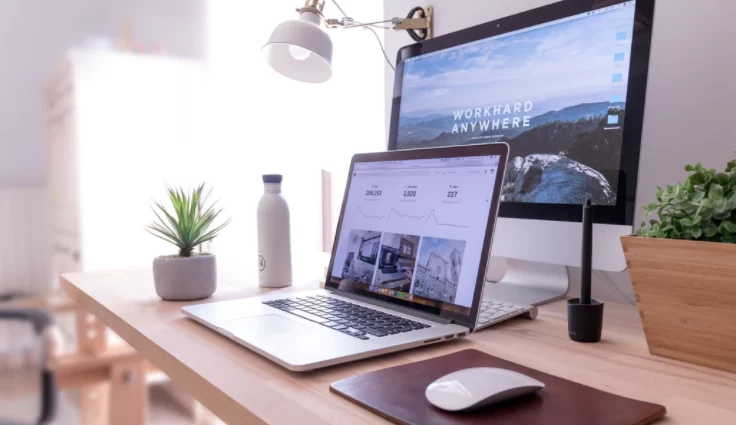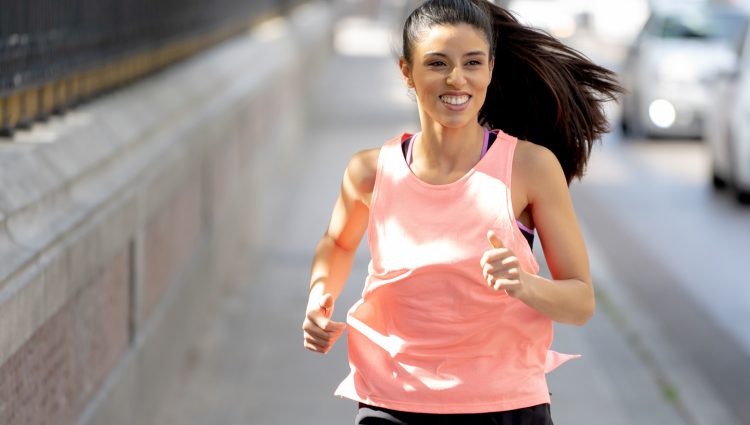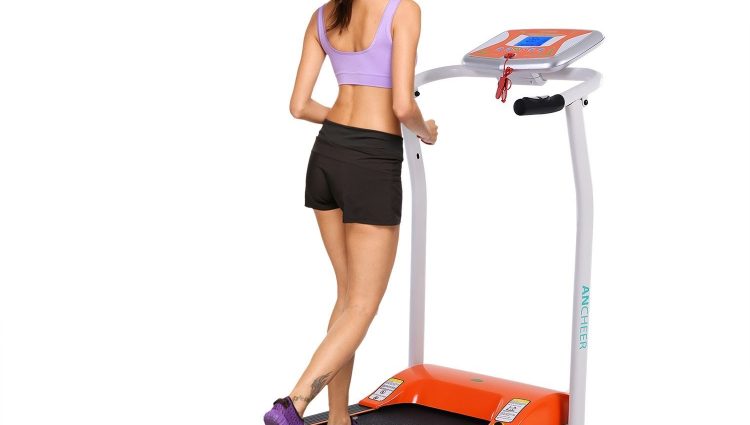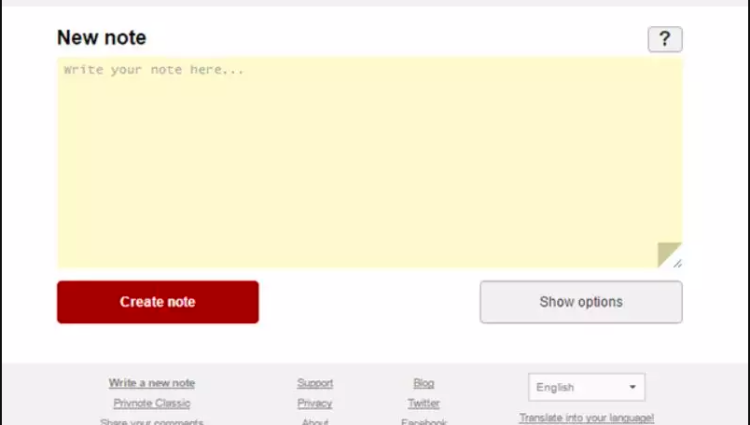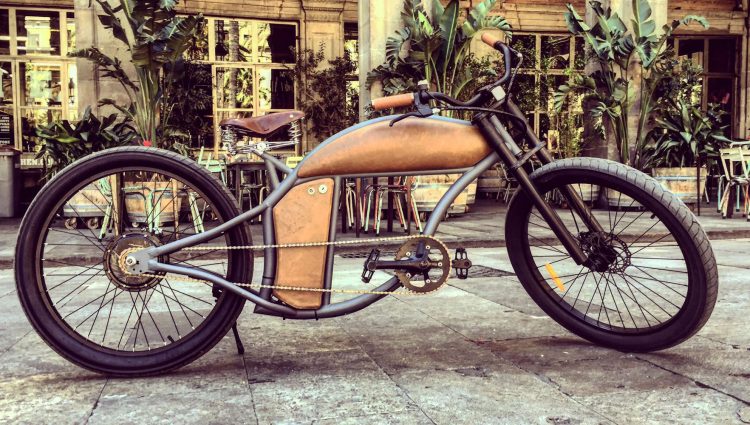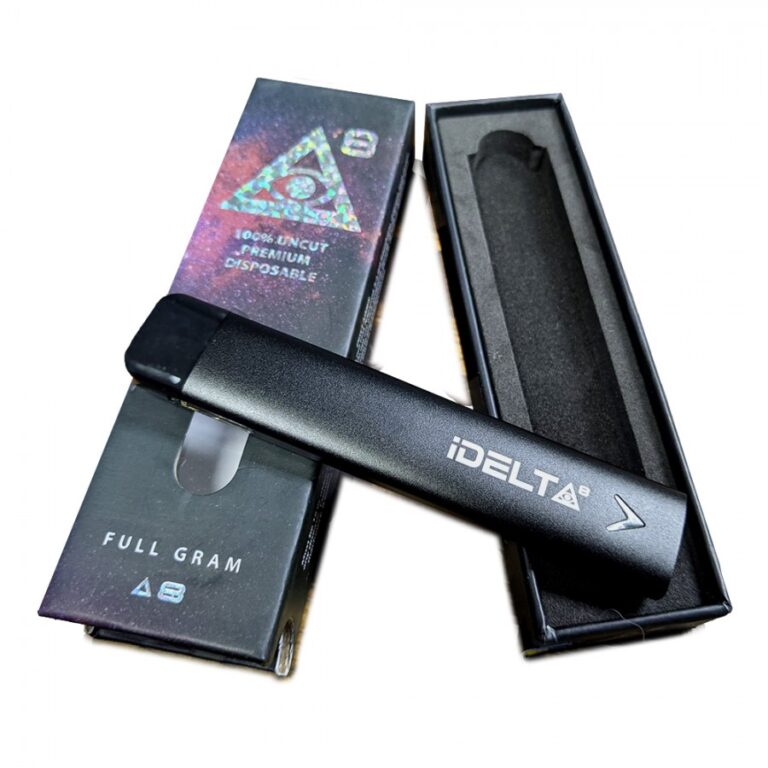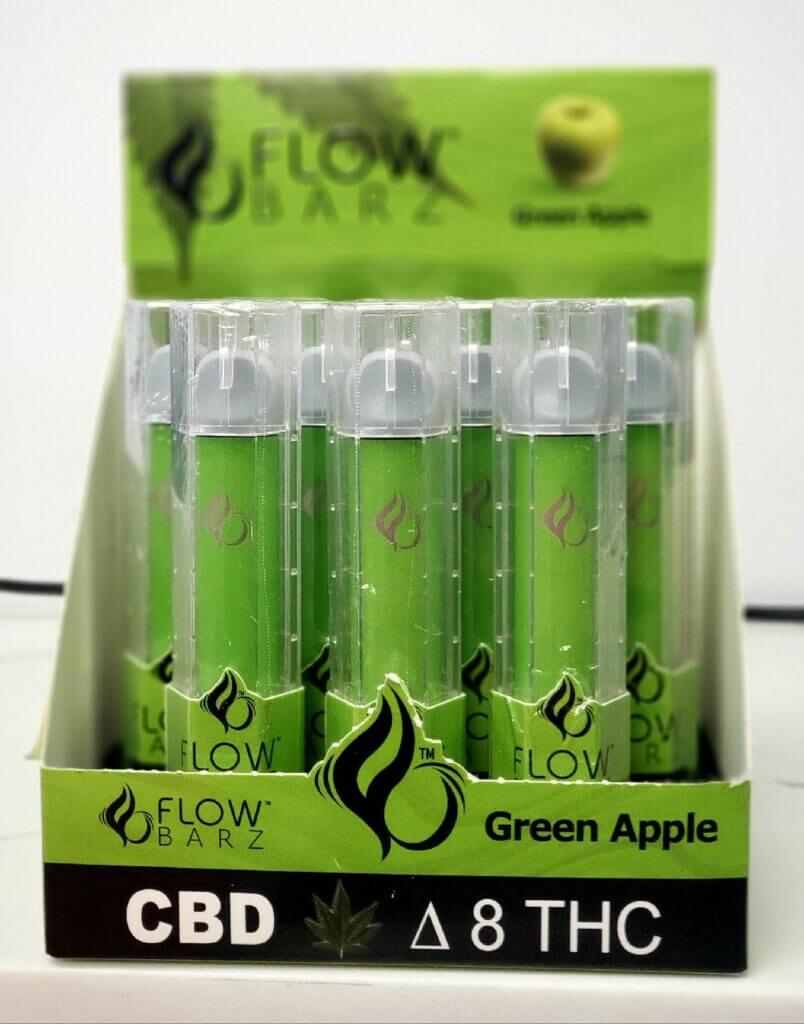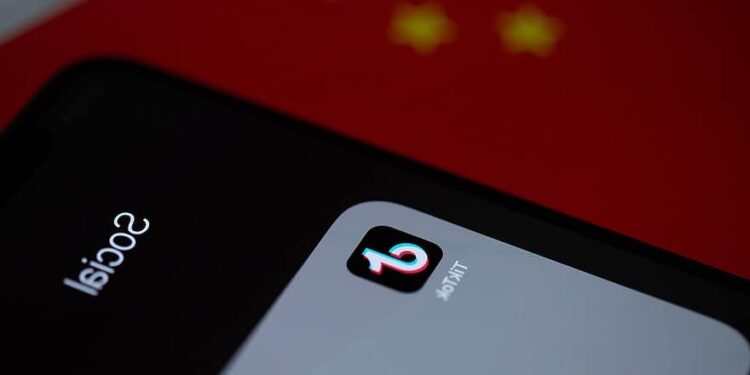You have decided to lose weight. Your weight has been bothering you for a while and now you are ready to do something about it. Some of us gravitate to the first thing that we come across that claims to answer our issues. Some people look for personal recommendations and others even research the Internet all looking for the best options to lose weight. My search started in the Holy Bible. But the true answer to you losing weight is in your mind. No matter what weight loss program you choose you will not lose weight if your mind is not right.

Weight Loss Is In The Mind.
First, we must be motivated from within to lose weight. This motivation puts us in the right mindset. If our mind is not made up then failure is the eventual outcome. After we are properly motivated then we must be committed. Because losing weight is a personal commitment we need to be personally motivated so that we can draw on that motivation at times of weakness. This commitment is the essence of our success. Not that commitment and motivation are more important than eating a healthy diet, exercising regularly, and taking Biofit supplements. Without the commitment and motivation, you will not follow through to successfully complete your weight loss goals.
Moments of Weakness.
Because we have had a lifetime of bad habits when we try to meet our weight loss goals we often have moments of weakness and fall back into those unhealthy habits. These moments are times when we need our willpower to kick in. Our willpower comes from our motivation and commitment. But, you can overcome. With the proper mindset and even an accountability partner along with a weight loss coach, you will succeed. Here are ways you can meet your weight loss goals.
Weight Loss Goals.
Establish Your Personal Motivation Establish Realistic Attainable Goals Commit to Your Weight Loss Goals Break Your Goals into Small Attainable Milestones Acknowledge Your Success Share Your Goals Constantly Remind Yourself of Your Goals Have a Weight Loss Accountability Partner Have a Weight Loss Coach Be Prepared and Avoid Situations That Will Challenge Your Will Power

It is All in Your Mind, Be Prepared.
Moments of weakness challenge your willpower so you must avoid them. Your preparation avoids these moments of weakness. If you prepare your lunch the temptation to eat out for lunch is reduced. If you regularly eat small healthy snacks and have them prepared and you the temptation for unhealthy snacks is reduced. Knowing that you must 8 to 16 ounces of water every 3 hours you are prepared with your water bottle at your desk you can succeed. The more obstacles to your success you remove the less you have to think about them and the greater your success. Preparation takes away the negative choices and helps you avoid situations that will challenge your willpower ultimately your weight loss goals.
Success is All in Your Mind.
Following these tips will enable you to successfully lose weight and meet even your small attainable milestones. Success breeds success and your healthy weight loss program will work because you are developing a success mindset. No matter the path you choose to lose weight, if you are motivated, committed and prepared your mind is set for success in meeting your healthy weight loss goals.






